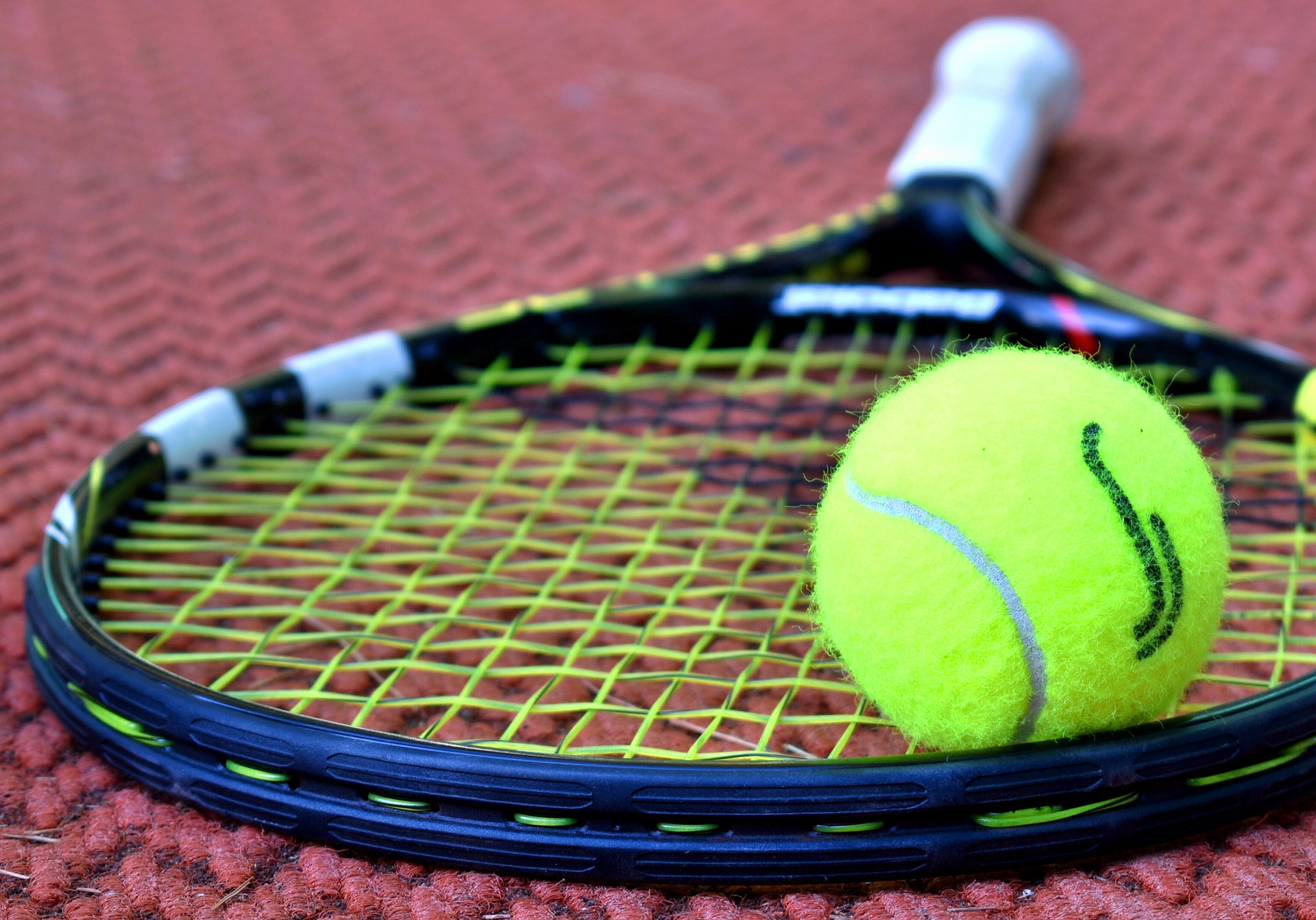
Wimbledon 2020 Cancelled
It is almost that time of the year when people would go watch a sporting
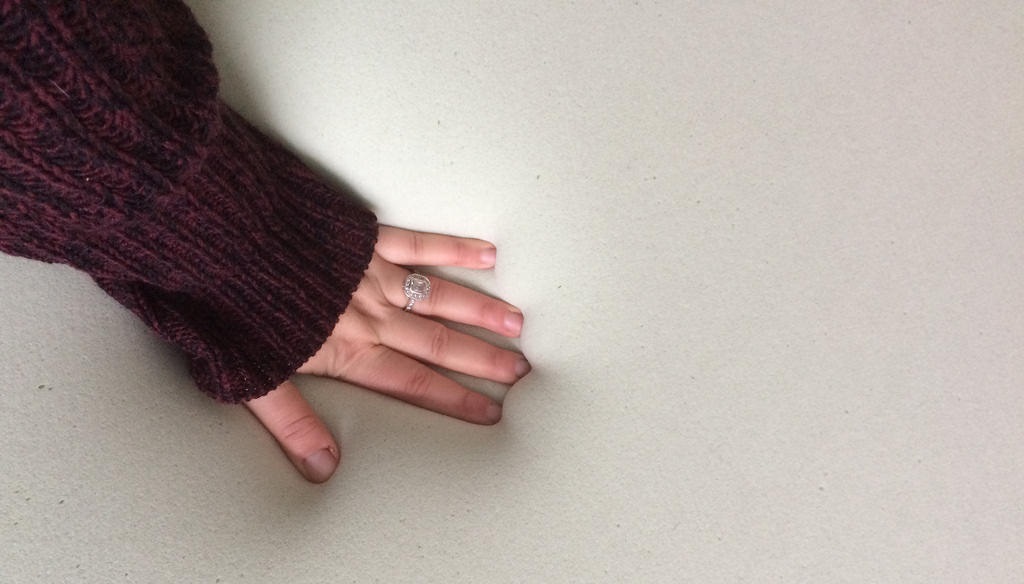
Memory foam is an awesome technology – one of the better products of technological advancement, at least as far as we are concerned. In the past 50 years, there have been so many more and greater inventions than there have been in the hundreds of years before. We think of memory foam today as such a common material, but its reason for existence is not so ordinary.
The National Aeronautics and Space Administration (NASA) takes the credit for the development of this wonderful material. Memory foam became what it is today because of a NASA contract with Stencel Aero Engineering Corporation in the 1960s. Technically, NASA didn’t invent memory foam, but they pushed its development. NASA faced the difficult problem of extreme discomfort and safety during space travel.
As the independent agency of the United States federal government executive branch that is responsible for aeronautics research (as well as the civilian space program and aerospace research), it fell to NASA to find a solution.
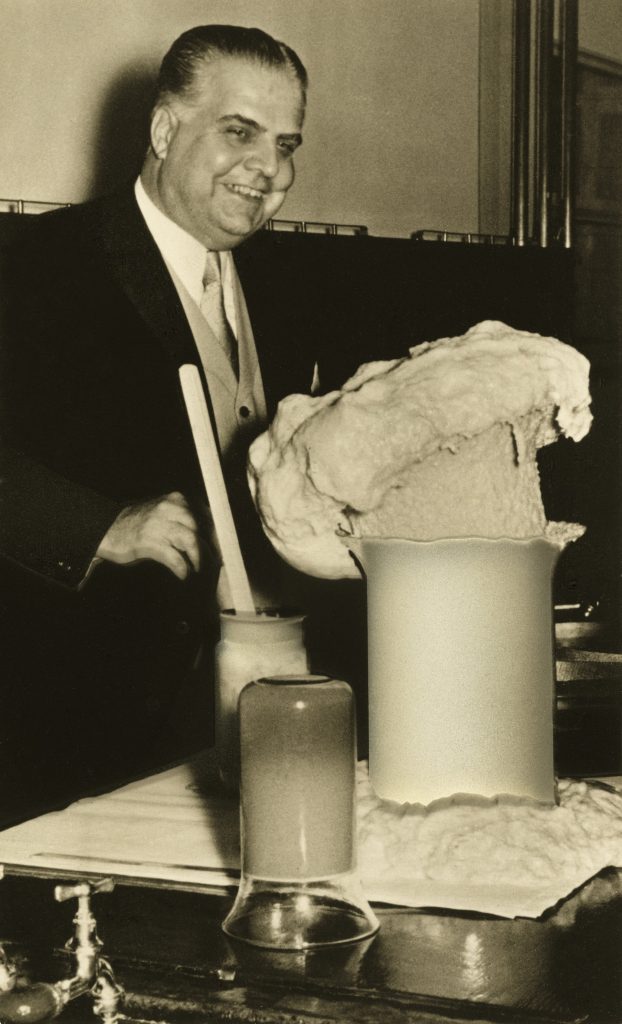 Memory foam in its original form was already around before then, however. Otto Bayer and his coworkers were the first to research and develop this new foam in 1937. They were working on the basic polyurethane polymers that are used as the base of memory foam materials until this day. They began making memory foam by adding water and halocarbons, or hydrocarbons, to a basic polyurethane mix.
Memory foam in its original form was already around before then, however. Otto Bayer and his coworkers were the first to research and develop this new foam in 1937. They were working on the basic polyurethane polymers that are used as the base of memory foam materials until this day. They began making memory foam by adding water and halocarbons, or hydrocarbons, to a basic polyurethane mix.
This revolutionary foam material was first used outside of the laboratory in 1965. Nurses at a hospital were testing out pads made of this inert polyurethane porous foam on patients’ beds. They quickly found that the material prevented patients from developing decubitus ulcers, or pressure ulcers. These bed sores that still plague bed-ridden patients to this day are a typical result of lying down for prolonged periods. Further studies into memory foam’s applications also showed that the material was hypoallergenic and resistant to bacterial growth.
In the 1060’s NASA was simultaneously working on developing similar materials. Because of their comfort and safety problem, they needed better cushioning on aircraft. Airplane seats were not very comfortable back then. NASA also faced the big problem of improving crash protection for their astronauts. On top of that, g-force was a huge challenge. The extreme gravitational force that is created when an aircraft accelerates in a very short period of time puts a lot of pressure on the body. A space shuttle take-off is the perfect example. Those inside the craft will feel strain that can be compared to hundreds of pounds pressing against their bodies. Even more than this temporary discomfort, astronauts spend a very long time travelling in their space shuttles. NASA needed cushioning that would keep them comfortable on their very long space journeys and also protect then against the pressure of g-force and what they would have to endure in case of a crash.
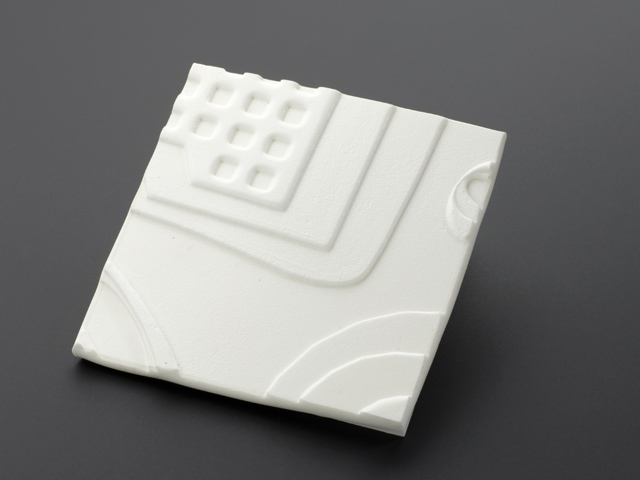 NASA contracted aeronautical engineer Charles Yost to help with the project in the mid-sixties. Yost was with the Systems Dynamics Group at North American Aviation, Inc., at that time. Yost was the creator of the modern open-cell, polymeric memory foam material that we know and love. This memory foam had superior viscoelastic properties, meaning that it could absorb a high amount of energy but still remain comfortable. It solved the problem of providing adequate padding for seats while also serving as a protective buffer against pressure, decreasing g-force strain and increasing the likelihood of survival during a crash.
NASA contracted aeronautical engineer Charles Yost to help with the project in the mid-sixties. Yost was with the Systems Dynamics Group at North American Aviation, Inc., at that time. Yost was the creator of the modern open-cell, polymeric memory foam material that we know and love. This memory foam had superior viscoelastic properties, meaning that it could absorb a high amount of energy but still remain comfortable. It solved the problem of providing adequate padding for seats while also serving as a protective buffer against pressure, decreasing g-force strain and increasing the likelihood of survival during a crash.
Yost’s foam was called temper foam. This was before it was released by NASA in the 1980s for use in the many consumer goods we see today. Yost opened the company Dynamic Systems, Inc., in 1969 to sell his temper foam technology. Dynamic Systems sold the rights to the technology in 1974, but later created better derivatives of the original temper foam. These newer materials were not so temperature-sensitive and were also more environmentally friendly.
Temper foam was originally developed to make seat cushioning more comfortable for astronauts and to provide them with better crash protection. From there, this awesome material found many more uses for the average consumer, like the very popular memory foam mattress and pillows.
Dynamic Systems developed memory foam for use in mostly for medical applications, such as medical cushions, seating systems for severely disabled persons, and orthopedic medical cushions and mattresses. Heavily marketed for consumer applications in the 1990s, the material needed a better name, which is how we got memory foam – the foam that conforms to your body but doesn’t forget its own shape.
The memory foam that we know today had to go through many improvements and tweaks before it became that wonderful material that we use as mattress toppers and pillows. It is the only known material that can yield to our body shapes without pushing painfully back and also quickly go back to its original shape so we can enjoy it again and again. It is much more comfortable and longer lasting than anything else we can use on our beds. It’s so great that NASA still uses it for their space program today, for everything from the original seat cushioning to special floors for evaluating astronauts when they come home.

It is almost that time of the year when people would go watch a sporting
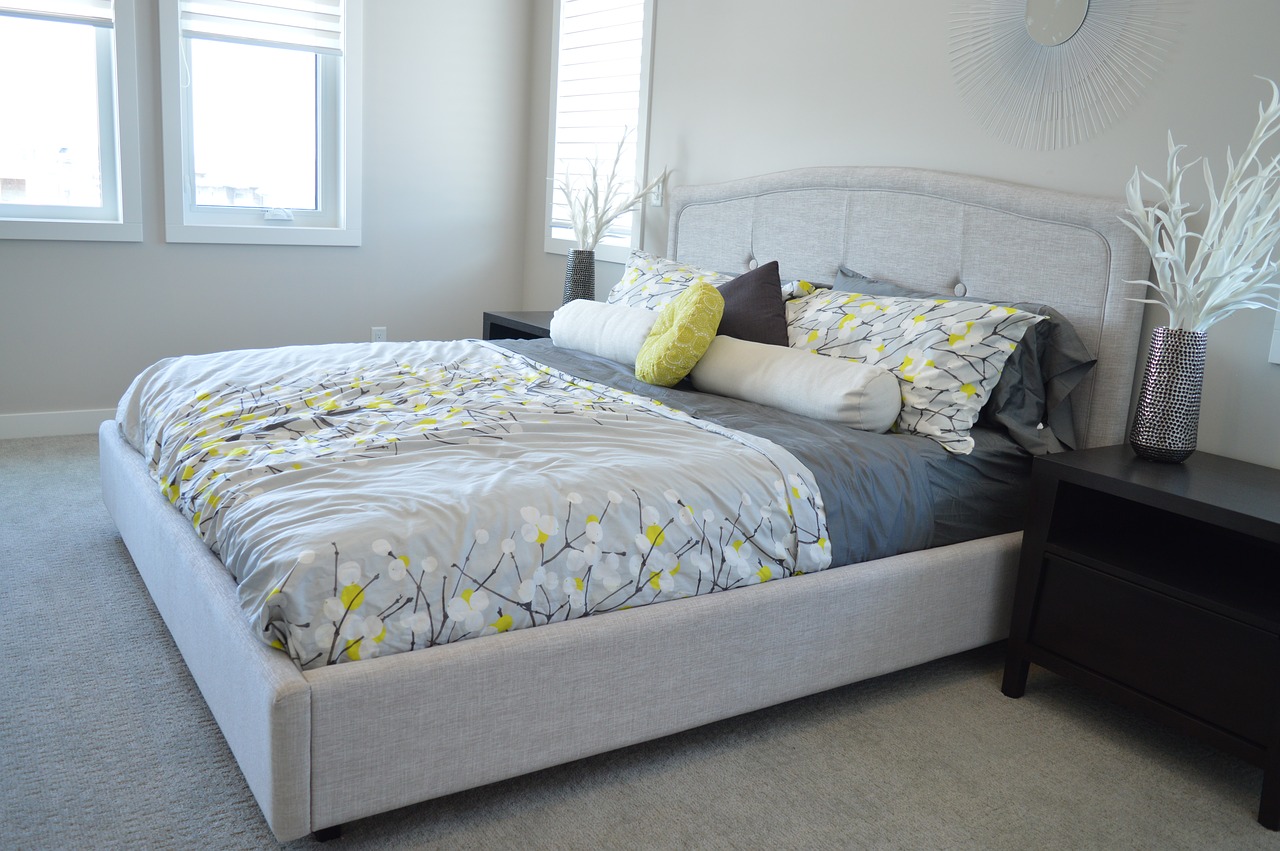
Queen Elizabeth II has two birthdays to celebrate: her actual birthday on 21 April and

The first of May is celebrated by many countries around the world as Labour Day